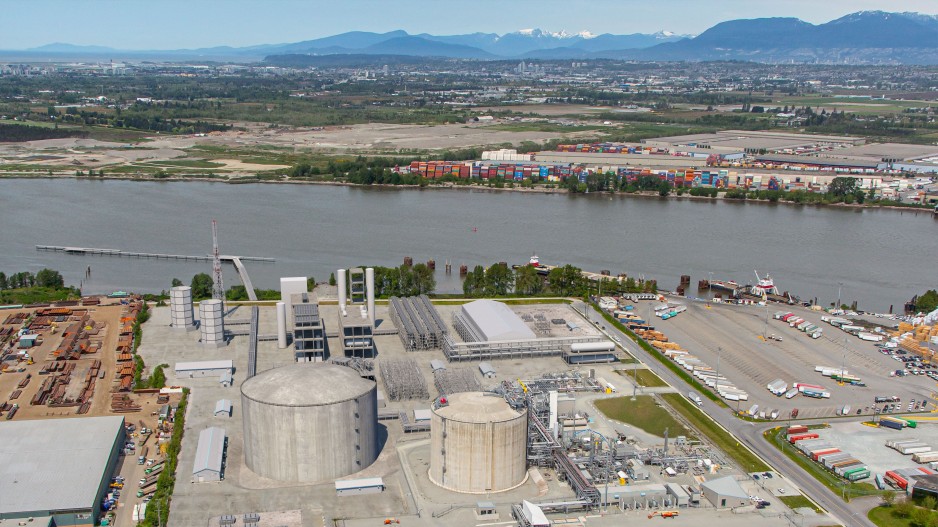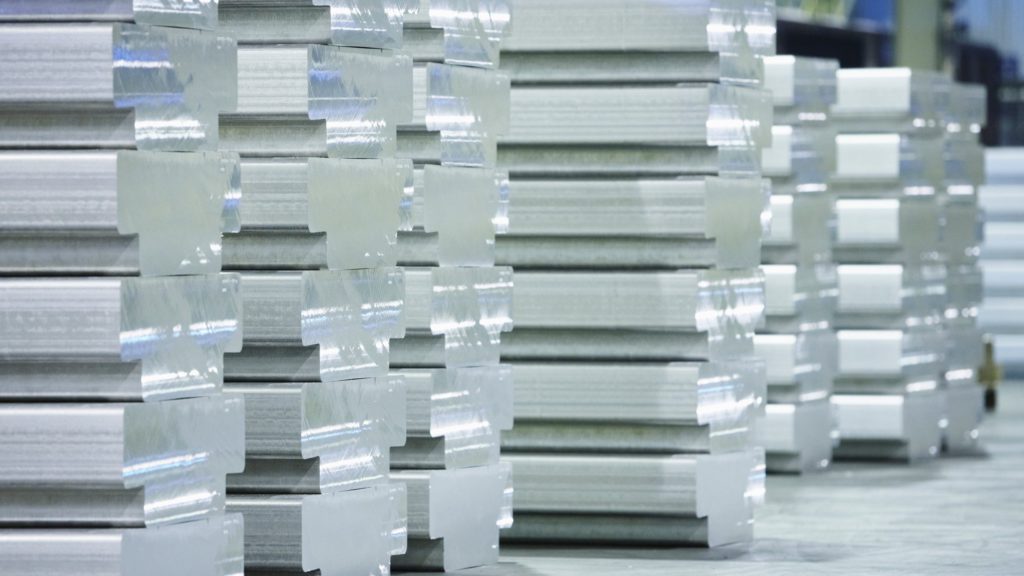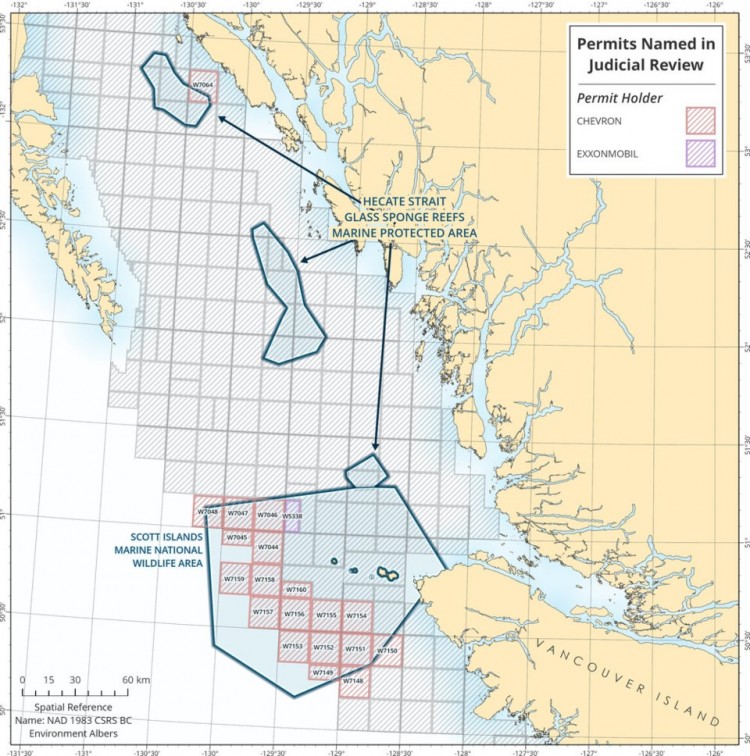Lacklustre interest among youth a big problem for mining

Mining, in fact, ranked last in a list of nine career sectors in an Abacus Data poll conducted in 2021 with the Mining Industry Human Resources Council (MiHR).
“We had Abacus Data poll 3,000 youth across the country on perceptions of work in different sectors,” said Ryan Montpellier, executive director of MiHR. “Only 11% of youth polled identified that they would be likely to work in the mining industry. We struggle at a base layer trying to attract youth to careers in the sector.”

The poll also found that 70% of youth polled “definitely” or “probably would not” consider pursuing mining. Health care, high tech and arts and culture were the top three most desirable sectors on the list.
Montpellier, who calls the currently tight labour market in mining “somewhat dire,” attributes the lacklustre interest in mining among young people to several factors.
One is that most mining jobs are in rural and remote areas where there aren’t enough people to support large, industrial projects.
“We’re seeing an exodus from rural Canada into more urban locations, where the mining jobs aren’t,” he said.
Another is that young people associate mining with images that are out of touch with how the industry actually works.
“A lot of the feedback that we received from youth about careers in mining is that they just had no clue,” Montpellier said. “Mining is not in their backyard. Their perceptions of careers in mining were dated. They were based on stereotypes from TV shows. So, we need to change that. There’s a communications issue there.”
He also thinks the image of mining presented to young people is too often only from an environmental activist perspective.
“[The MiHR is] trying to link what we value in society with the minerals and metals that we need. Everything that we have, be it electric vehicles, cell phones, transportation…all of that happens with minerals and metals, and Canada is quite fortunate that we have access to a rich array of minerals and metals. Our industry is extracting them in the most environmentally sustainable and stringent jurisdiction in the world. Canada is the place to do that.”
Increasing demand
The waning interest in mining comes at an awkward time as the industry will face increasing demand for labour and talent in the coming years.
The MiHR’s “Canadian Mining Labour Market Report”, published in 2020 said the mining industry will need about 79,680 new hires between 2020 and 2030 in its baseline employment outlook scenario, and 113,130 in an expansionary scenario.
Most of those required new hires will be needed to replace workers retiring from the industry.
The extraction and milling sub-sectors of mining are projected to experience hiring gaps in all occupational categories, with the largest shortages forecast in trades occupations (830 jobs) and all other occupations (1,630 jobs).
Responding to that report, Montpellier said that for some in-demand occupations the mining world needs to increase its share of heavy equipment operators and mechanics.
But for more mining-specific roles, he said he believes the industry needs to play a bigger role in helping the post-secondary education system attract more future miners.
One way it’s trying to do that is with its National Youth Mining Career Awareness Strategy to address perceptions about the industry and its We Need Mining, Mining Needs You campaign.
If efforts to draw more young people into the industry aren’t successful, Montpellier said talent will have to come from outside of Canada, a switch from the country’s traditional reputation as an “exporter of mining talent.”
“We’ve had people come here to work and then they go home with that expertise. But maybe there is more we can do to keep them here,” he said.
Although three generations of his family have worked in mining, recent geology graduate Pierre-Olivier Leroux can understand why many young people aren’t gravitating towards the industry.
What many youth today learn about mining reflects outdated perspectives, said Leroux, who graduated with a degree in geology from the University of Laval in Quebec City last May.
He now works as a mineral technology professor at Thetford Mines Cegep in Thetford, Quebec.
“When we hear about mining we hear about the vast amounts of money put into the projects and there’s always bad press about the environmental part. People have images from the 1970s and they think that things work the same way now but it’s not true,” he said, pointing to industry standards requiring miners to remediate sites once operations end.
In addition to the environment, proper work-life balance is also very important for millennials, even more than high salaries, Leroux said.
That’s where he believes the industry can do more to meet the needs of future miners if the job entails going to the far north where the mines are.
“You really have to insist on how to accommodate someone who wants kids. It’s an issue.
Not all young mining professionals are the same. The (companies) should work with those potential candidates. They should ask them what would make them come here? But it’s a hard one for sure,” he said.
Montpellier also acknowledges that the industry needs to do more to attract people of colour, Indigenous people, new Canadians and especially women.
“We know it’s a challenge,” he said, noting that a 2022 report from MiHR found women made up only 16% of undergraduate mining engineering enrolments between 2016 and 2020. That puts the field in the bottom half of female representation in engineering, along with electrical, computer and mechanical; although metallurgical and geological engineering had higher enrolment rates.

“You factor in the ageing workforce, remote mines, lack of diversity — it leads to a perfect storm of an extremely tight labour market and a historically low unemployment rate in our sector,” he said. “I think part of the solution here is changing the culture of the industry to make it more inclusive and open and attract more diverse talent. But also ensuring we’re attracting more diverse talent into the university system as well.”
While representation of women in mining engineering in recent years is relatively low, progress has made in recent decades.
Industry veteran Pat Dillon has witnessed important changes in her more than 32-year career in mining, which saw her become president of the Prospectors and Developers Association of Canada (PDAC) from 2006 to 2008 and was inducted into the Canadian Mining Hall of Fame in 2021.
She also serves as president and CEO of PDAC Mining Matters, an organization that has provided educational resources promoting mineral literacy to more than 800,000 students and teachers in Canada, in English, French and several Indigenous languages.
In a phone interview with The Northern Miner, Dillon noted that while mining disciplines have never attracted many female students, women made up as little as 4% of students around 20 years ago.
“I know when I was at school studying geology there were women in the earth sciences geological program but there were very few in mining engineering,” she noted about her time at the University of Toronto, where she earned a BSc in geology in 1974.
“I’m not going to sugar coat it. There’s a long, long way to go.”
Dillon says she’s encouraged that the increasing representation of women in mining – however modest – will spur more women to enter the field because once they start seeing “like individuals” having success “people start thinking of the industry as a career more and more.”
Scope of the problem
Educational data further bears out the declining interest in mining.
Between 2010 and 2020, enrolment at all post-secondary levels across Canada for mining engineering programs rose from a low of 1,227 students in 2010/2011 to a high of 2,049 in 2014/2015, according to data from Statistics Canada. Enrolment then dipped to 1,311 in 2019/2020. Information for years preceding 2010 was not available.
Looking at the 2014 to 2020 period, Montpellier said a “clear pattern of a decline in total enrolment” is evident in mining engineering, with enrolment falling by 42%.
Montpellier also noted that while mining engineering enrolment declined in those years, more students were registering for other engineering fields.
StatsCan data shows that total enrolment numbers in engineering sat at 91,947 in 2010 and increased each subsequent year, reaching 131,613 in 2019/2020.
Although mining hasn’t had the lowest enrolment numbers out of all engineering fields — such as relatively niche fields like agricultural or marine engineering — many thousands of fewer students are signing up for mining than conventional fields like general engineering, chemical, civil, electrical or mechanical.
Graduation numbers in mining engineering are even lower. Between 2010 to 2019, the year with the lowest number of graduates was 2010 when 246 graduated. Numbers rose steadily to a high of 498 in 2016, then fell gradually to 393 in 2019.With geological and earth sciences, enrolment rates have been significantly higher than mining engineering.
Between 2010 and 2020, enrolment climbed from 5,775 in 2010 to its decade peak of 6,696 in 2014/2015, before declining to its lowest level of 4,797 in 2019/2020. The number of students who ended up graduating in those fields has been noticeably lower. The decade opened at its lowest graduation level of 1,191, then climbed to 1,728 in 2017 before dipping to 1,386 in 2019.
This post has been syndicated from a third-party source. View the original article here.




